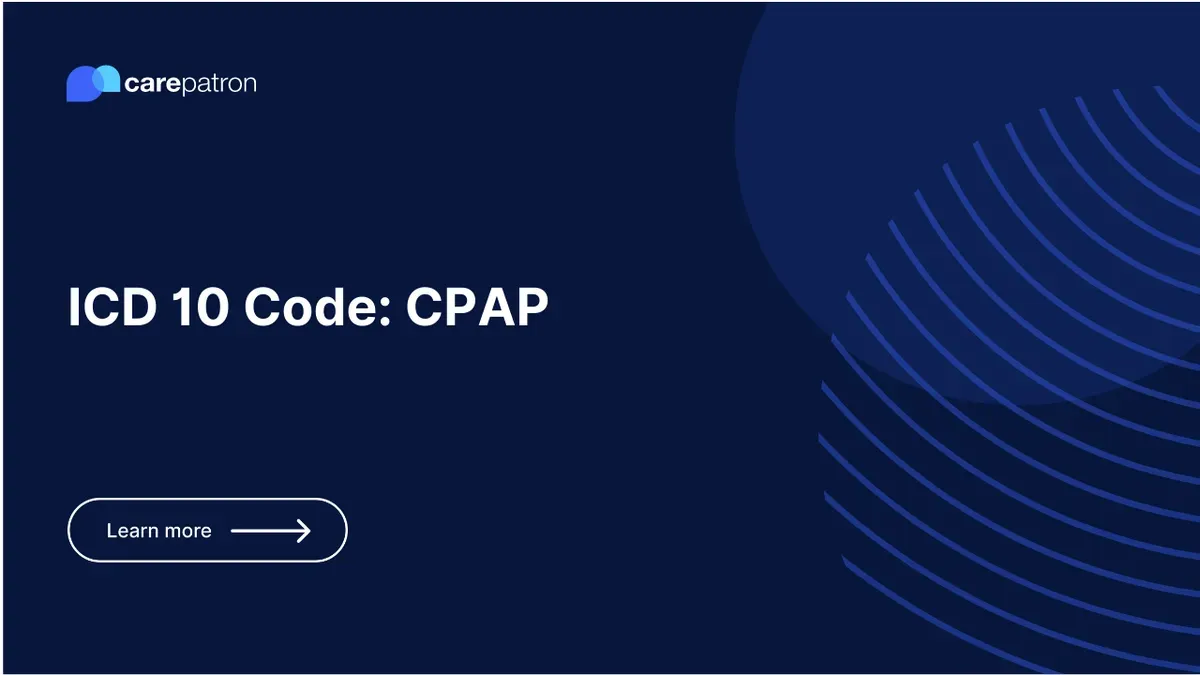
Commonly asked questions
No. CPAP, or CPAP machine, is a device used to help address sleep apnea. It is not a condition, so it doesn’t have an ICD-10 code. That’s why it’s best to use ICD-10 codes related to sleep apnea.
Healthcare professionals/providers will conduct either a Home Sleep Apnea Test or a Polysomnogram (an overnight sleep study).
As you can tell, CPAP machines are one way to address sleep apnea. Other ways to treat/manage this sleep disorder include using nasal sprays, adhesive strips, losing weight, nerve stimulators, and sleep aid items. Surgery is an option, but only for severe cases. Examples of surgery for sleep apnea include somnoplasty, nasal surgery, and jaw surgery.
EHR and practice management software
Get started for free
*No credit card required
Free
$0/usd
Unlimited clients
Telehealth
1GB of storage
Client portal text
Automated billing and online payments
